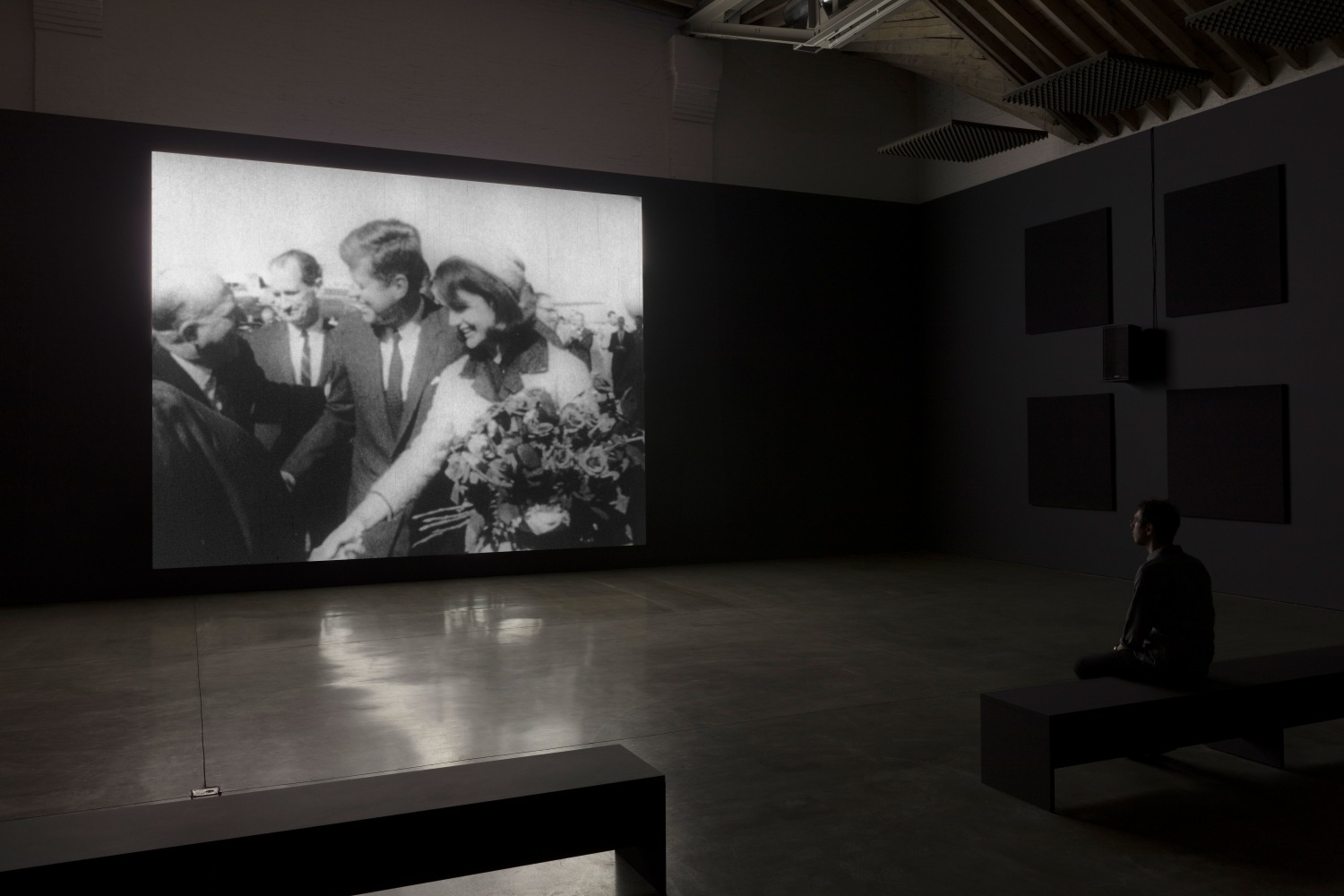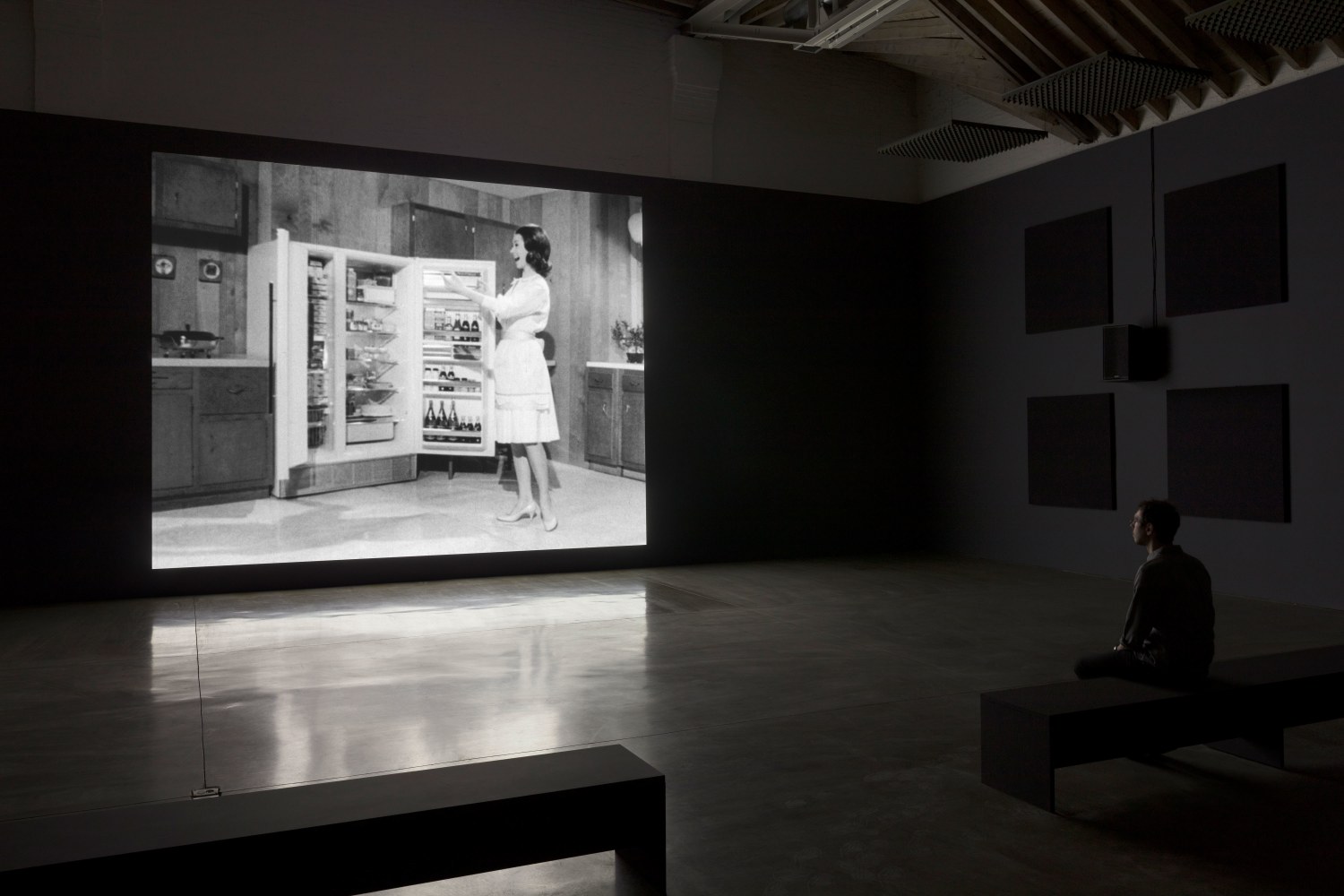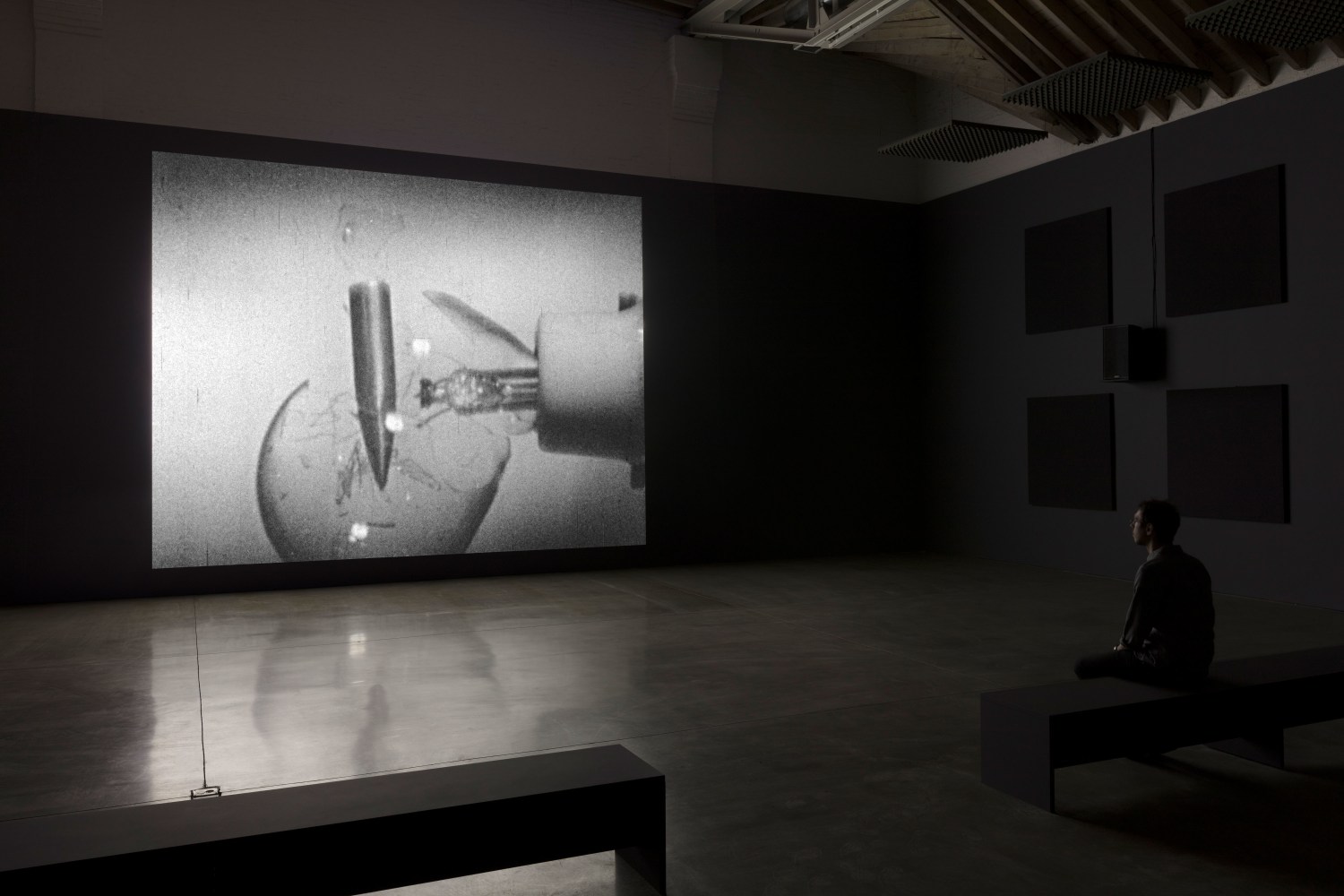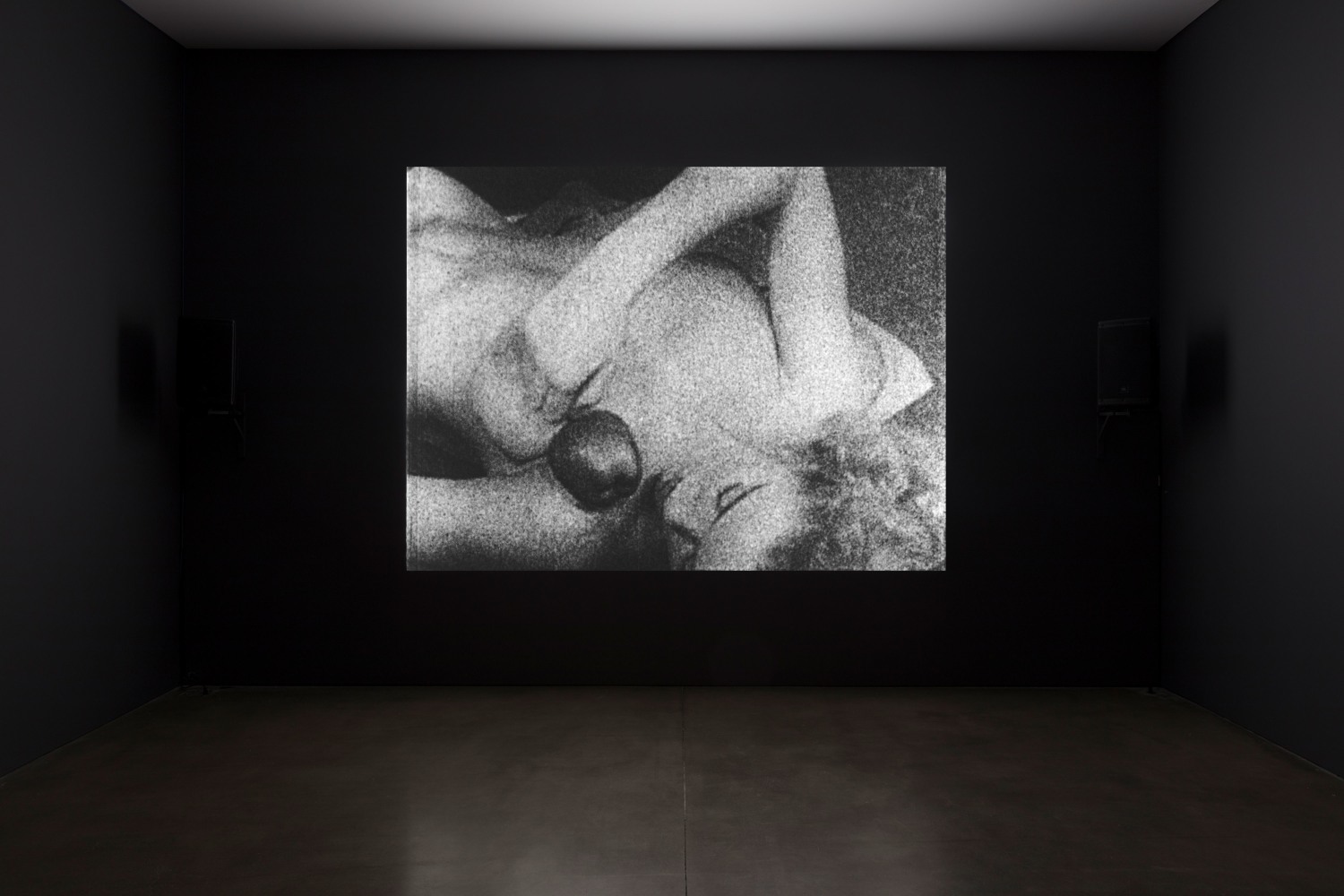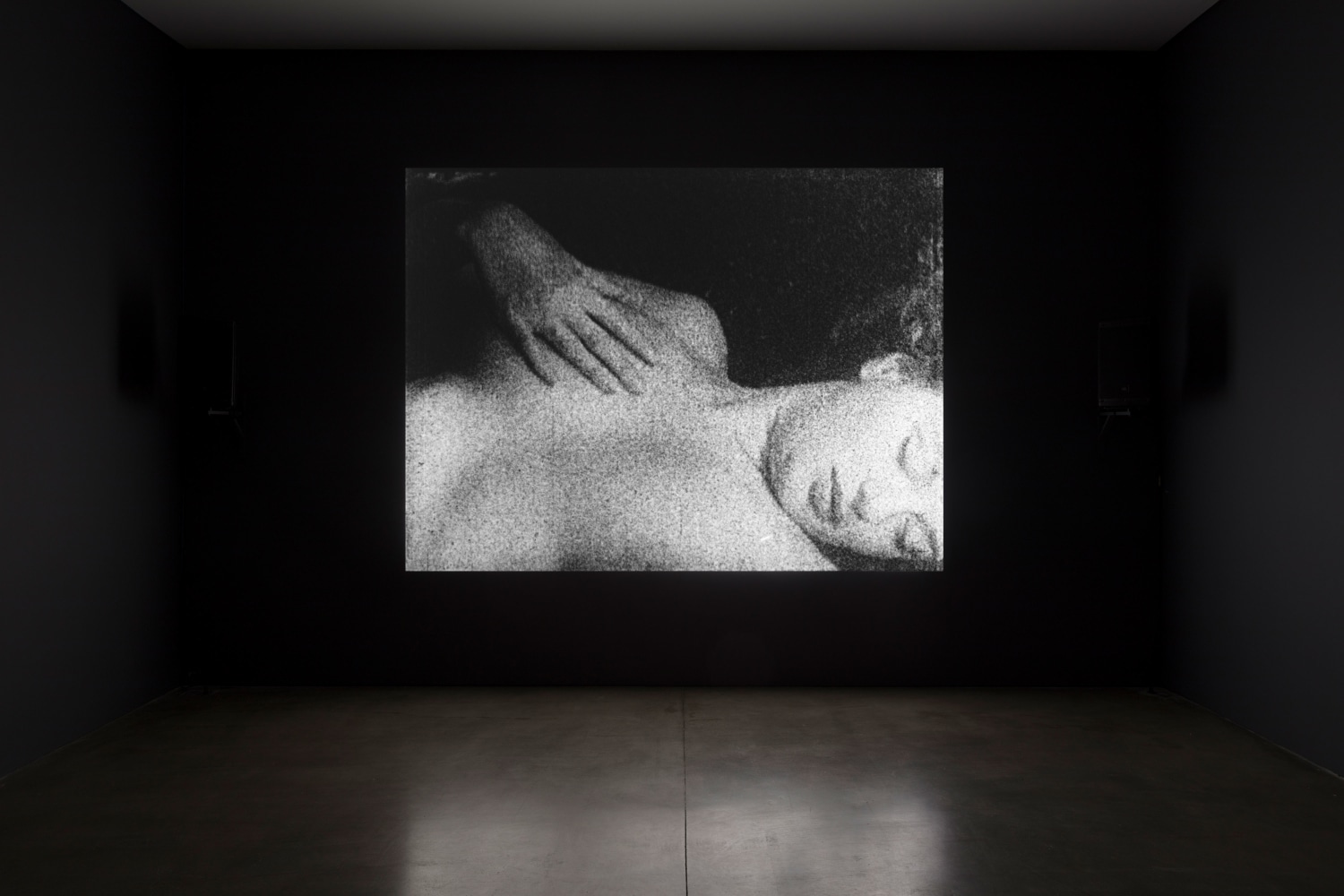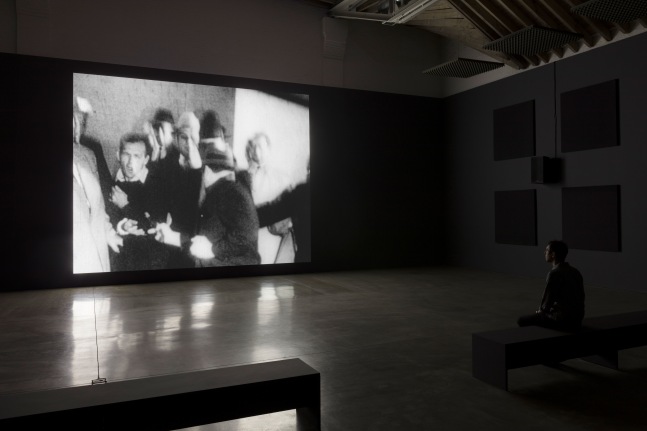NEW YORK – Paula Cooper Gallery is pleased to announce an exhibition of two films by Bruce Conner, REPORT (1963–1967) and MARILYN TIMES FIVE (1968–1973), both recently restored by the Conner Family Trust. The exhibition will be on view at 534 West 21st Street from February 15 through March 17, 2018. There will be an opening reception February 15, 6–8 PM.
Conner, a protean artist who worked across a range of media, is perhaps best known for his pioneering experimental films. Using found footage of ubiquitous or iconic imagery, his films challenge the viewer to reexamine cultural narratives that have been oversaturated, often to the point of banality. In particular, the two works presented in this exhibition deconstruct and memorialize two icons who have left an indelible mark on America’s modern cultural history.
Conner’s REPORT is a thirteen-minute meditation on the 1963 assassination of President John F. Kennedy that also dissects the phenomenon of the news media as a means of processing the event. Comprised of two parts, the first addresses the assassination directly through radio broadcast recounting the frenzied aftermath of the gunshots. Brief television clips from the day are repeated, extended, and reordered, their familiar images becoming increasingly strange with each iteration. Intercut with alternating clear and black celluloid that accelerates to stroboscopic effect, the act concludes with audio confirmation of Kennedy’s death set to a recursive countdown. The second part of REPORT, the epilogue, explores the media’s deification, commodification and obscuration of the president. Radio commentary of Kennedy’s arrival in Dallas plays against archival footage of him spliced with a multiplicity of symbolic appropriated scenes: a bullfight, Hollywood films, television advertisements, WWII battles. In sum, the film’s two acts tease the viewer by omitting footage of the actual shooting, foregrounding the power of the media to shape a national narrative. Compelling the viewer to unscramble its high-density plot, REPORT collapses the personal with the public. “REPORT bends cinematic time into the time-made-strange of traumatic memory,” mirroring the experience of mental processing.[1]
Created from 1968 to 1973, MARILYN TIMES FIVE is composed of clips from “The Apple Knockers and the Coke”—a 1948 girlie film featuring actress and Marilyn Monroe look-a-like, Arline Hunter. As Monroe’s song, “I’m Through With Love,” plays five times, footage of Hunter seductively posing for the camera is interrupted by fragments of black leader. As with REPORT, Conner edits the film to arouse and frustrate the viewer’s desire to see. Extensive repetition, abrupt abbreviations, gradually protracted excerpts, and non-linear sequencing reveals film to be merely a subjective construct—one which commodifies celebrity and exploits women. “In total, the object of desire in MARILYN is mediated by so many factors—from Marilyn Monroe’s death and the age of the original film to the lethargic pace and absence of narrative closure in Conner’s version—that is transmogrified into something truly strange, at once erotic and deadened.”[2]
Born in McPherson, Kansas, Bruce Conner (1933–2008) was raised in Wichita where he attended Wichita University. He received his BFA at Nebraska University in 1956 and continued his studies with scholarships at the Brooklyn Museum Art School and the University of Colorado. In 2016, Conner was the subject of the major monographic survey “BRUCE CONNER: IT’S ALL TRUE,” organized by the San Francisco Museum of Modern Art (SFMOMA). The survey opened at the Museum of Modern Art, New York, in July 2016 and traveled to SFMOMA and the Museo Reina Sofia, Madrid. In 2000, the Walker Art Center, Minneapolis, organized a retrospective of Conner’s work titled “2000 BC: THE BRUCE CONNER STORY, PART II” which traveled to the Modern Art Museum of Fort Worth, the M.H. de Young Memorial Museum in San Francisco, and the Los Angeles Museum of Contemporary Art. His work has been included in major exhibitions, such as the historic 1961 “The Art of Assemblage” at the Museum of Modern Art. Conner’s works are in the collections of many major museums, including The Guggenheim Museum; The Metropolitan Museum of Art; The Whitney Museum of American Art; The Museum of Modern Art; The San Francisco Museum of Modern Art; Los Angeles County Museum of Art; The Walker Art Center, Minneapolis; The Art Institute of Chicago; The National Gallery of Art, Washington DC; Hirshhorn Museum and Sculpture Garden, Washington DC; and The Centre Pompidou, Paris.
For more information, please contact the gallery: (212) 255-1105 or
info@paulacoopergallery.com
1. Kevin Hatch, Looking for Bruce Conner, (Massachusetts: MIT Press, 2012), 166.
2. Ibid., 179.

